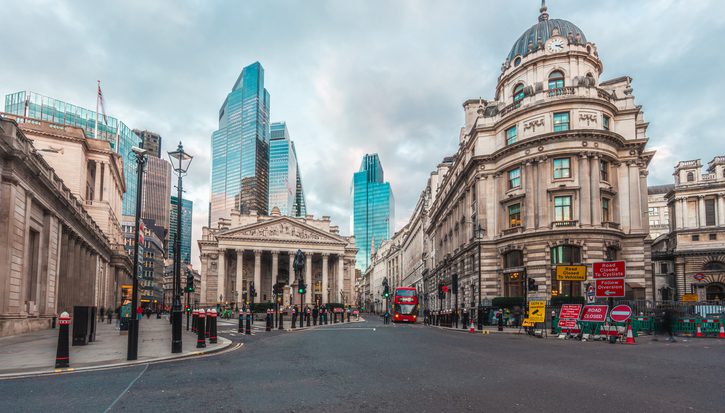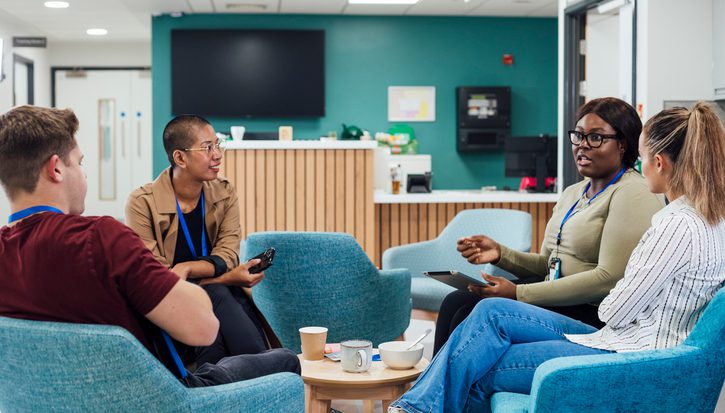Women in politics: Progress is still too slow
Article
The snap election is over but we are still analysing and identifying the political debris it has left behind. We have a minority government with an unstable confidence and supply agreement, an opposition that has somehow come out a winner and new leaders being murmured. What has not been given the attention it deserves is the gender makeup of the UK Parliament. On election night as the results came in, live coverage told us as Amber Rudd was elected in the early hours of the morning, we had surpassed the number of women MPs pre-8th June. By the afternoon, we knew that “history had been made” on women’s representation.
191 women were elected in 2015; this went up to 196 in subsequent by-elections and today there are 208, making up 32 per cent of the Parliament.
1997 was the year of change. The number of women in parliament had never exceeded 10 per cent until the unhelpfully and derogatory named “Blair’s Babes” drew a surge of 18 per cent. But given the rate of progress on other aspects of equality and the progress of other countries, the UK’s gender representation growth has been painfully slow; in world rankings we come joint 37th with El Salvador and Andorra.
Much has been made of the increase in the number of women after this election and while, of course it should be celebrated, particularly the diversity of the women elected, it needs to be celebrated with caution. After all, we make up 51 per cent of the population; only being 32 per cent of the country’s decision makers is still gross under-representation. We also need to be cautious about how these wins were made. The majority of the women in the UK parliament come from the Labour Party who have increased their proportion of women MPs by 2 percentage points from 2015 up to 45 per cent. The Conservative numbers remain static at only 21 per cent. The reason for this is simple; the Labour Party (along with SNP and Greens) take action across elections at various levels, to increase the number of women candidates. Measures include All Women Shortlists (AWS) and twinning (whereby adjacent constituencies select one man and one woman as candidates). The Conservatives have yet to use such measures.
Change will not be linear and will certainly not come fast enough while we patiently wait for political parties to voluntarily take the lead. The stubbornness of some parties on this has been abundantly clear. For there to be real change which gets us to fair representation, we need to move away from voluntary mechanisms and into legislated candidate quotas, pushing all parties to field at least 50 per cent women candidates. This is what the Women 5050 campaign is fighting for in Scotland.
This isn’t new. In 2016, Professor Sarah Childs made this very recommendation in the Good Parliament Report, and more recently, in January of this year, Maria Miller MP, in her position as Chair of the Women and Equalities Committee, called for 45 per cent quotas. Evidence tells us time and time again, that quotas are the most effective way forward.
In Scotland, the picture of fair representation appears better but only from afar. Yes, we have three parties led by women, but only 35 per cent women MSPs behind them and our gender representation to Westminster decreased from 34 per cent in 2015 to 29 per cent. Furthermore, we lost the only Black Minority Ethnic (BME) woman MP in our 59 group. Again, this decrease can be tracked to the gains made by parties who take no voluntary action on women’s under-representation. Conservative gains and SNP losses meant an increase of the number of men being elected to parliament.
This absolutely has an impact upon policy debated and made at Westminster. In Scotland we lost an MP, Eilidh Whiteford, who campaigned for the ratification of the Istanbul convention on violence against women, which, until her intervention, had been left by the way side. Women in parliament improve policy decisions for women across the country.
At the current rate of change (assuming progress continues, which Scotland has proven is not always the case) it will take another 30 years (or 6 elections) to reach 50 per cent representation for women. None of us should have to wait for equality, no woman with merit and ambition should have to wait for the system to stop being stacked against her.
All parties need to take responsibility for taking diversity of the candidates they field seriously and the parliaments at Westminster and Holyrood, need to play their role on gender representation by legislating for quotas, developing family friendly work practices and weeding out sexist attitudes and behaviour.
What we can be hopeful of is that the demand for fair representation is growing. Lobby groups, academics and women in parliament will, rightly, be vocal about the need for progress. But the evidence of women’s under-representation, the reasons for that under-representation and the positive impact more women in parliament have, is all well documented. The time now, is not for more report writing, but for action. By the next election, we can and must have processes in place for fair representation.
Talat Yaqoob is the Director of Equate Scotland and started in January 2016. She has a background in public affairs, campaigning and equalities. She has previously worked on education rights, women’s representation in politics, tackling violence against women and mental health and wellbeing.
Related items

Rule of the market: How to lower UK borrowing costs
The UK is paying a premium on its borrowing costs that ‘economic fundamentals’, such as the sustainability of its public finances, cannot fully explain.
Restoring security: Understanding the effects of removing the two-child limit across the UK
The government’s decision to lift the two-child limit marks one of the most significant changes to the social security system in a decade.
Building a healthier, wealthier Britain: Launching the IPPR Centre for Health and Prosperity
Following the success of our Commission on Health and Prosperity, IPPR is excited to launch the Centre for Health and Prosperity.